Talking All Things Australian Native Ingredients With Fervor’s Paul Iskov
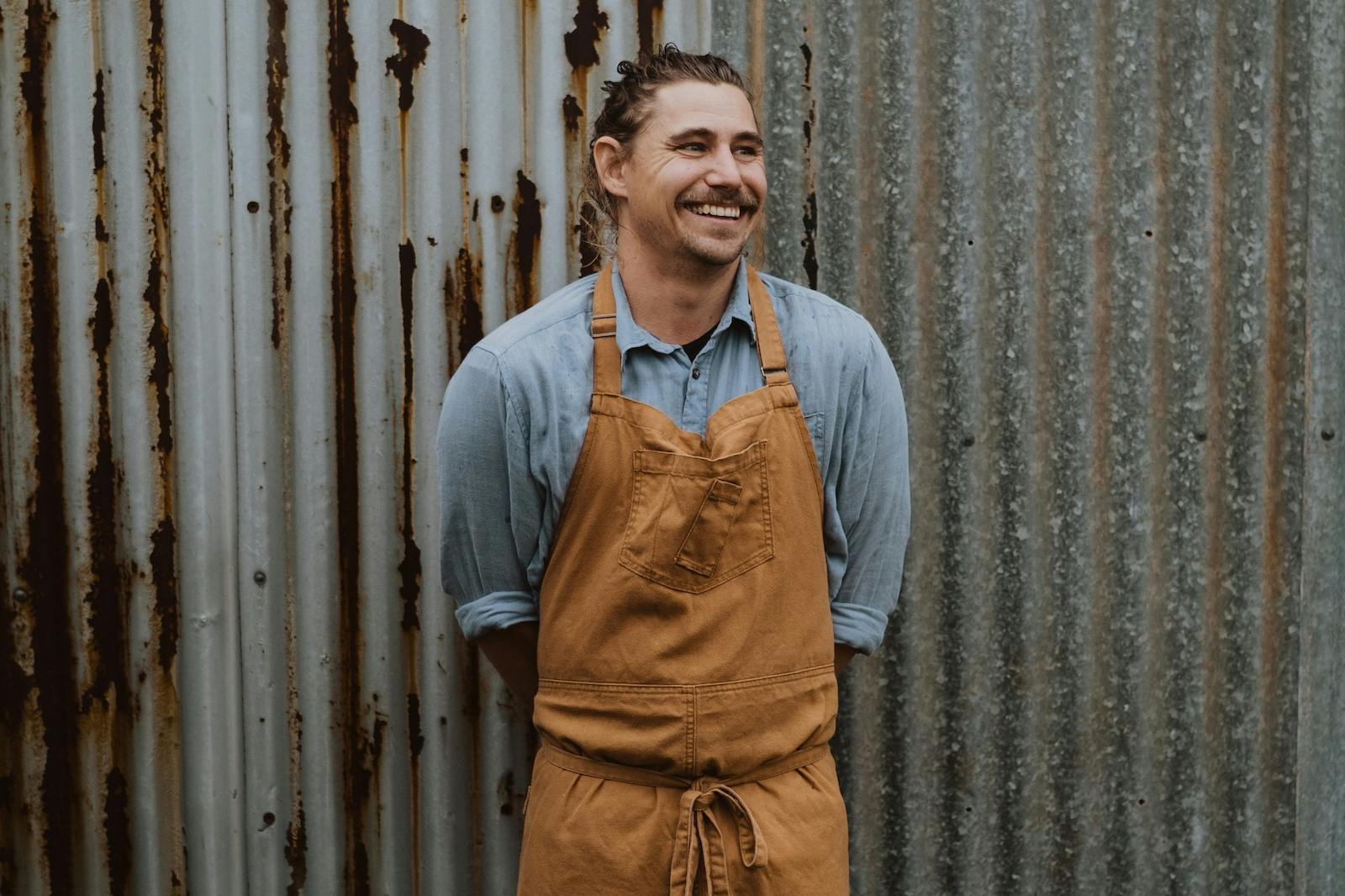
There’s a reason why people call him Yoda. Paul Iskov might not be a two foot tall Jedi Master hiding out on the planet Dagobah, but his knowledge of food and native Australian ingredients is certainly comparable to Yoda’s knowledge of the force.
From a young grom searching out the best waves in the south-west and great southern regions, to working in some of the world’s best restaurants, Iskov has spent the past few years exploring and introducing people to the rich flavours and culture found within native Australian ingredients with his roaming pop-up experience: Fervor.
We had a chat to Paul about the road that led to Fervor, helping people connect to country and how to source and use native Australian ingredients at home.
Can you tell us a bit about the early days chasing the surf in the south-west and great southern regions?
From quite a young age – around 12 to 13 I think – I started surfing and body boarding. I got into it through friends and family. Before that, we used to go down to the Margaret River, Yallingup, Dunsborough, Busselton areas. There was this trip when I was about 15 years old where I met a mate – Merlin – from Albany; he took me down to the great southern. We caught these incredible waves down there, after that day I was just so keen to get back down to the great southern region and Albany.
I’d spent a lot of time in the south-west around Marg’s, but once I got my license I was always down there. I was just captured by the exploration and the beauty in the empty beaches with these great waves and incredible landscape. So yeah, surfing from a young age was really my number one focus. All I wanted to do was surf and get out into nature.
And cooking fit in well with that lifestyle?
Those early years I was just doing labouring with mates and factory work. I’d sort of work for a few months then take time off to go do a surf trip. It wasn’t until I was 19 that I applied for a cooking apprenticeship, which was suggested to me through the Butterly family. I was living with the Butterly’s at the Yallingup Shearing Shed just helping them around the place on the farm. One day they said ‘look, there’s an apprenticeship in a kitchen and you don’t have to start work until the afternoon. Your days are free to surf.’ Even though I had no experience in cooking I jumped at it because I got to surf all day. That’s really how I got into cooking.
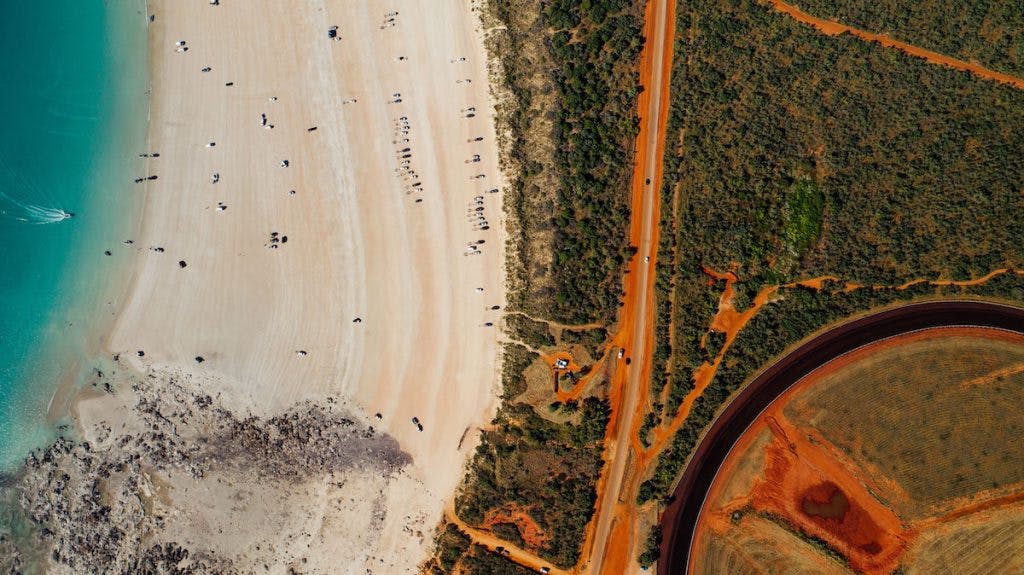
You’ve said that working at Amuse opened up your mind to what cooking could really be. Was there a specific moment that triggered that thirst for knowledge?
Yeah, so I did two years of my apprenticeship in Albany and then a couple in Marg’s. I’d been cooking for maybe five years before I got to Amuse. When I got to Amuse, I went in for a trial – they’d only been open for a few months – and I was blown away by the food that Hadleigh was cooking and what Carolynne was doing with the front of house. It was a small kitchen – there was only two other guys in there – and the food that was coming out was incredible. It was exciting, different, unique, delicious and I’d never seen anything like it before.
I got offered a job and came back to start early the next year. I sort of went back to square one and did a lot of training that I hadn’t done in the past. It was sort of classical French base training but with a modern twist. Within the first few weeks I knew that this was what I wanted to do. I was so excited and I just became passionate about cooking. That was a huge turning point for me.
After leaving Amuse you embarked on a trip around the globe that led to you working in some of the world’s best restaurants, NOMA in Copenhagen, Pujol in Mexico City, Coi in San Francisco and D.O.M in São Paulo. Was there a common thread that you found was shared between these restaurants?
I guess I took something different from each place. Like at Coi, Daniel Patterson, his palette was phenomenal. At the start of each service we’d put up every dish from each section and he’d taste it and be like ‘that needs a few more grains of salt’, ‘add a little bit of lemon juice to this’, ‘change these little things.’ He was spot on when he said those things. Incredible. That sort of made me realise how important it was to taste each ingredient day by day. Vegetables change with the seasons. That was really interesting.
At Pujol, I was just learning about all these different ingredients and mixing tradition with a modern take. Mexican food is probably my favourite cuisine in the world. It was really a deep dive into seeing how to keep those traditions going and presenting them in a newer format. NOMA was all about dedication to research and development, precision and only putting things on the menu that everyone was one hundred percent happy with.
When it came to D.O.M, that was just my biggest inspiration, Alex Atala. Him taking the time to talk to me, answer questions, his dedication to working with ingredients in the Amazon and his connection to the people there. Giving back and really going out and spending the time with the people on the ground and learning about those ingredients. The biggest thing that ties all of them together is probably the respect for the ingredients and the places that they’re in.
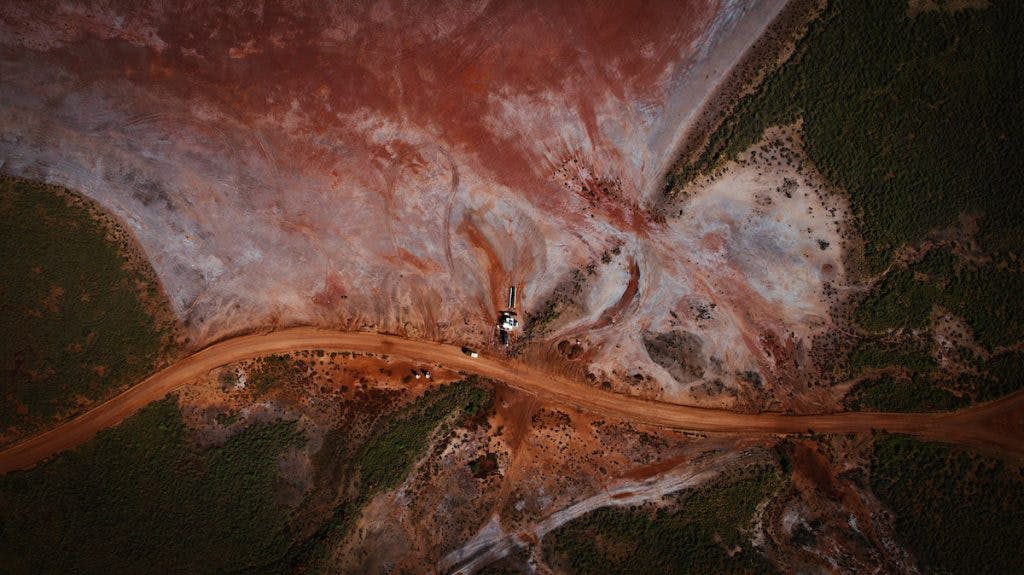
With those lessons, would you say you it was inevitable that you’d come back to Australia to explore native Australian ingredients?
Definitely. I’d already had in mind for quite some years that I’d like to focus on native Australian ingredients. But I never really had the idea of solely focussing on those. I thought I’d probably include a lot of European ingredients, but when I got back that sort of all changed. I think travelling really helped me to look at the cuisine we wanted to cook and go, ‘Hey, let’s just try and focus on ingredients that are endemic to Australia. Let’s leave pork, beef and lamb off the menu. Let’s not use tomatoes, carrots, things like that. Let’s just focus on those native Australian ingredients.’ That year of travel really helped shape what we are cooking today.
Can you tell us a bit about your trips to Twin Lakes to visit Nyul Nyul elder Bruno Dann?
We’ve gone up to Twin Lakes quite a few times over the past six years. It’s always so nice. We’re normally in Broome, we’ll do a couple of dinners and once they’re done we get to go up the peninsula. Leaving Broome and hitting that dirt track to go visit Bruno, Maryanne and Robert is such a special experience. You really leave behind the hustle and bustle of town to go out to Twin Lakes. It’s still, peaceful, you’re totally relaxed. Sitting around the campfire with Bruno, Maryanne, Robert, Leah and the whole family out there it’s really special.
Just taking each day by day going out foraging, learning about the gubinge, tending to some of the trees. It’s just – you totally switch off up there. I wish it was something we could do multiple times a year, because you always come away feeling rejuvenated and more connected [to the land]. It’s really just so beautiful. We’re so lucky that they take the time to have us out there and share their knowledge with us.
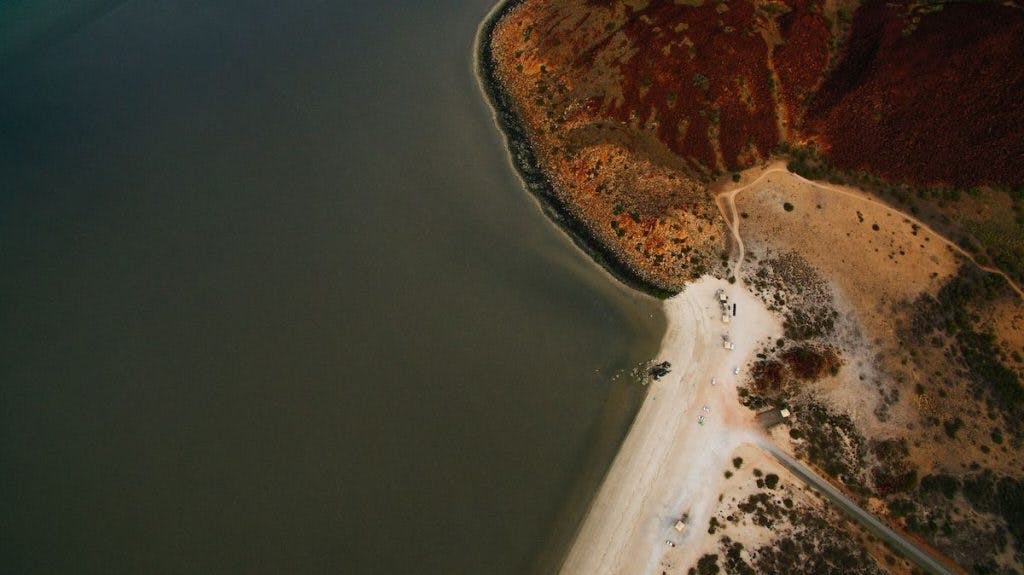
Fermentation revivalist Sandor Katz has praised your selection of garums made from Australian land and sea creatures, including crocodile, emu, magpie goose and stingray. How do you think fermentation opens up the ability to explore, create and build new and interesting flavours from a specific region?
It’s incredible what fermentation can do to flavours. Because we’re travelling a lot, using different ingredients and the seasons for these ingredients are really short ingredients, you might only get a couple of weeks where the berries are actually ripe. It’s also really hard to source some of these ingredients. For us, fermentation is a great vehicle to preserve some of those ingredients while extracting different flavours as well. It also utilises any trim from meat. A lot of those garums just started from having a little bit of kangaroo or emu trim leftover, fermenting them and being blown away by how delicious the end result was. Once we made the first few garums – the emu, roo and crocodile – we realised how delicious they were and how they transformed in flavour.
We started playing around with some of the other proteins we had. The work that Sandor has done – and the guys at NOMA – with fermentation has really encouraged people to get back into it. It’s been around for so long, but I think that they’ve really highlighted it, brought it to the forefront, shown what can be done and how to utilise it in the kitchen.
Most of Fervor’s pop ups take place outdoors amongst nature and under the stars. How important is this in creating a unique opportunity to develop a personal connection to country?
Some of our events can be extremely challenging. They’re in an uncontrolled environment. The weather plays a big part in it but that’s also the beauty of it. If we talk about eating at a Fervor event in Broome, you’re sitting on the beach or up on the sand dunes and eating dish of boab and the people are basically sitting under a boab tree. They’re right there. They can see that tree. They’re about as close to the produce as they can get.
I think it makes even more sense when people like Uncle Neville Palina are at the dinner and get up after the boab dish has come out and tell everyone the story of the boab tree. About its importance and significance to aboriginal people. When people hear that – yes it’s about the food but that tree there provides shelter, shade, water and medicine as well. When you think about it in that regard, you have a deeper respect for the food that you’re eating and the plant that it came from. Being out in nature helps us to connect to it and tell more of the story. I absolutely love it, because each of the dinners we do is unique. Even if it is in the same location, the weather is different, the menu is different, it’s ever changing and adds to the overall experience.
How can utilising Australian native ingredients help support indigenous cultures, businesses, wild harvesting efforts and the local environment?
Our hope is that when people are using these ingredients that they are sourcing them from the right people. Aboriginal businesses, people working with aboriginal people and supporting local communities. [Wild harvesting] is a beautiful thing. When Bruno takes us out he talks about taking only what is needed, harvesting at the right time when [the ingredients] are at peak ripeness. Caring for country, caring for the land of future generations. You see families getting out there as a group, speaking in their language and harvesting together. It’s something that we want to continue supporting.
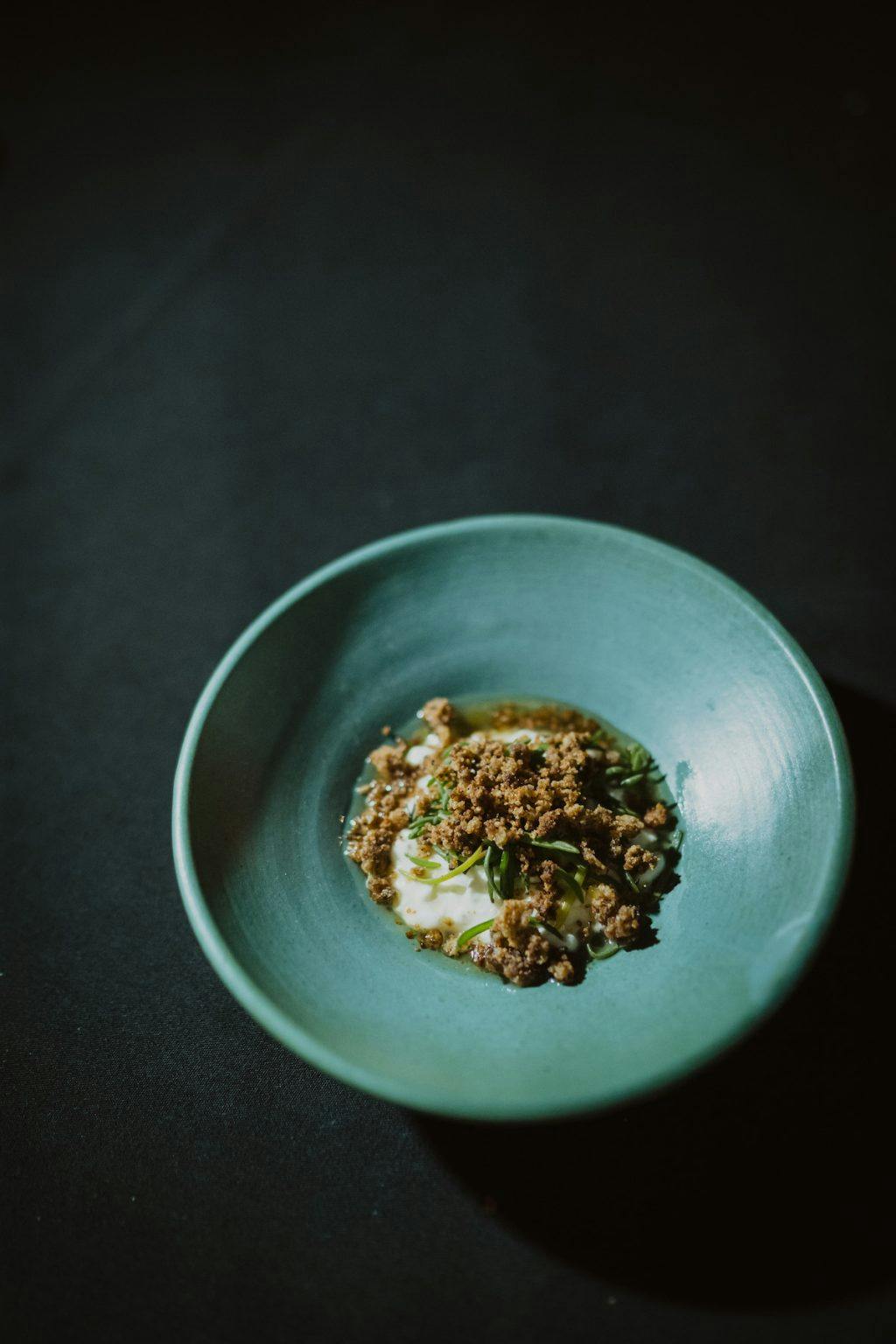
Where can people go to source Australian native ingredients for the home kitchen and learn how to integrate them into their cooking?
It is becoming a lot more accessible now through supermarkets. Taking the time to look at the produce on the shelf, seeing where it came from and where the money is going to support smaller businesses. We always encourage people to go visit Aunty Dale Tilbrook in the Swan Valley at Maalinup. She has so many ingredients there, but she also has that traditional knowledge and is a fantastic cook. Taking the time to support Maalinup gallery, listening to Aunty Dale, she has so much information about the right produce to get from the right people.
In regards to cooking with these ingredients at home, in years to come I think we’re going to see more people with pantries full of dry native herbs and spices. As it becomes more accessible we’ll see more flavoured oils, chutneys, vinegars and mustards and really start to see those pantries filled out. The amount of native plants you can get from your local nurseries, saltbush, samphire, dune spinach, sea celery, ingredients that grow so well in our own backyards. We’re going to see people grow more of those.
Subscribe to our free newsletter!
One of the things we hear a lot at dinners is ‘I don’t know really use a lot of these ingredients because I don’t know how to approach them or incorporate them,’ which I understand. But we’re starting to see more cookbooks come out with tips, techniques and simple ways of cooking with these ingredients at home. It’s really as easy as using a little bit of lemon myrtle or pepper berry in a curry base and just playing around. It might seem daunting at first, but once you start playing around with those ingredients in recipes that you’re familiar with people are usually surprised at how great the outcome is. I really think that in the years to come we’re going to see a lot more integration of those ingredients in our everyday cooking.
What excites you about the future of Fervor?
We’re coming up to ten years next year. We’ve just started stepping back and going ‘wow, that ten years has been a real journey.’ We’re really excited to plan some special events next year and take a step back from some of the larger corporate events and focus on what we love doing: meaningful short events that are intimate. We’re also working with a few different people and companies, we’ll be talking more about those collaborations and projects early next year and working with indigenous run businesses, which is really exciting for us. We’re just excited to continue on with what we’ve been doing and ramping it up.
You can learn more about Paul and the Fervor pop up dining experience via their website.
Header Image: Paris Hawken